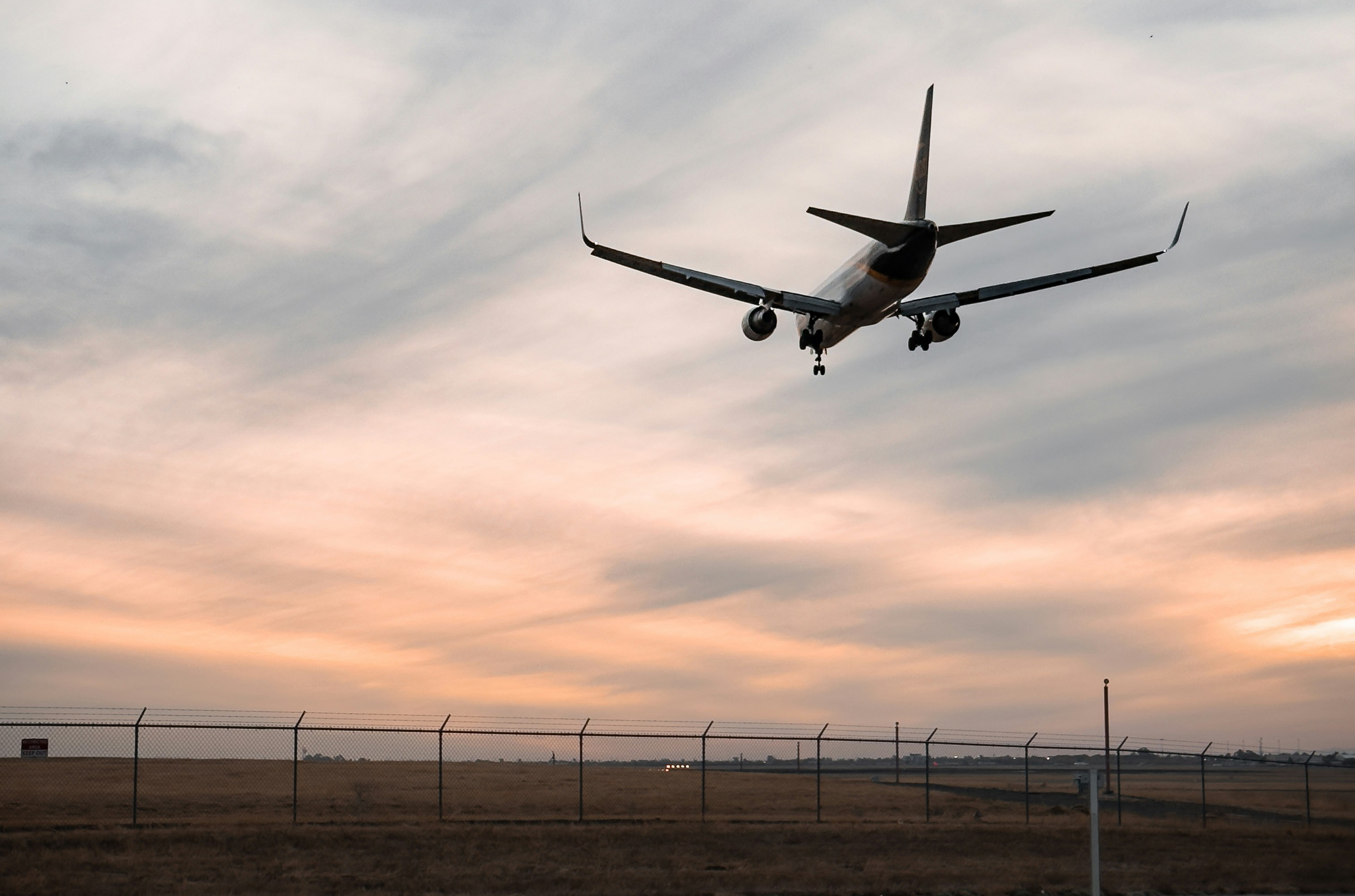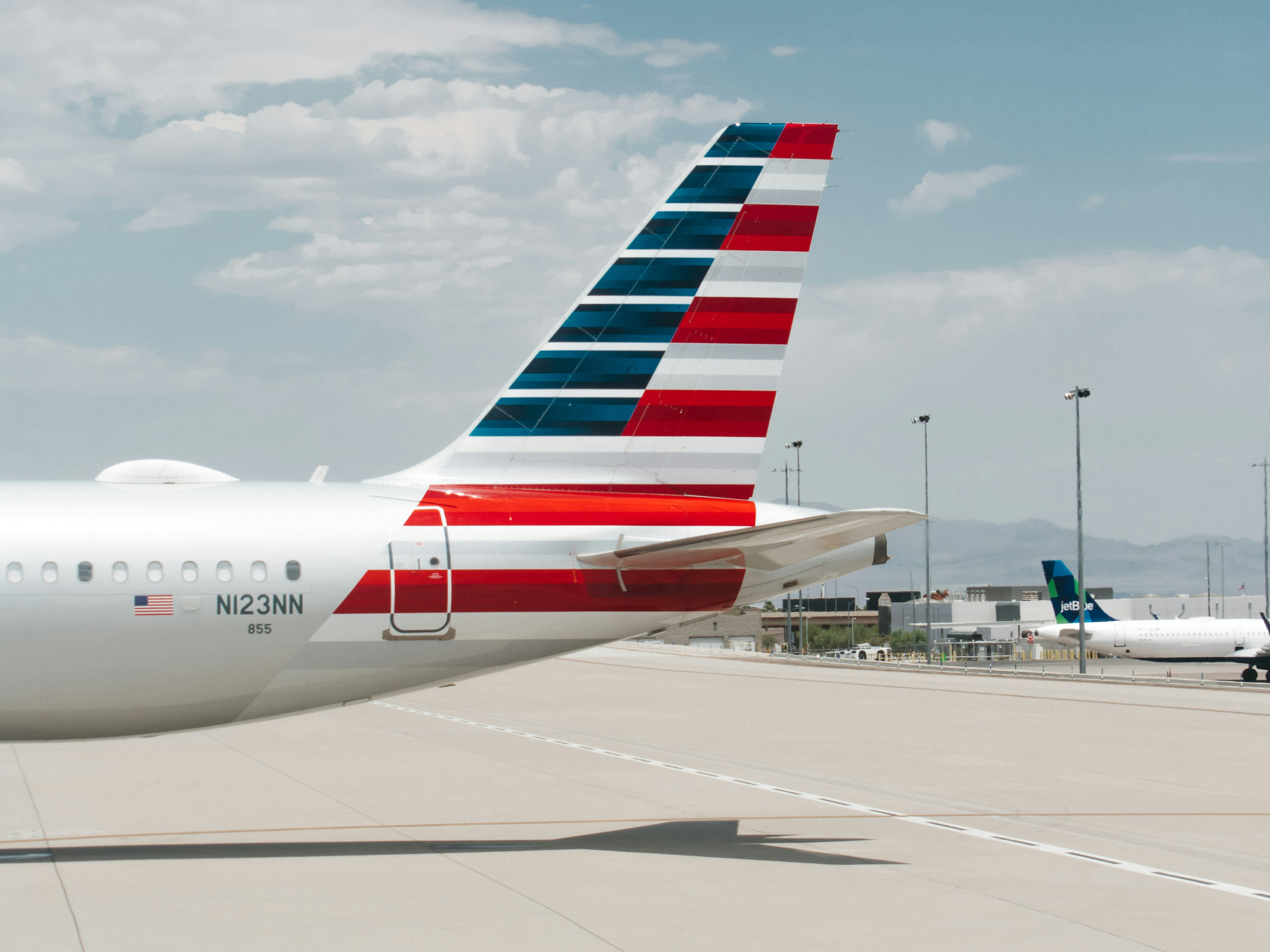If (and this is a big “if”) the liabilities for the American Airlines (PSA Airlines) loss are as high as they are slated to be and fall solely into the airline market, it would mean 2025 is set to incur the highest level of Hull & Liability claims (excluding 9/11) in a calendar year ever.
At over three quarters of the way through the year, Airline Hull & Liability losses in 2025 stand at USD1,790bn*, which is already almost USD400m more than the next two highest recorded years (2000 and 2014).
It is also worth noting that the USD1,790m does not include attritional losses** which we estimate to now be at the at the highest levels incurred by the market, owing to increased repair costs and the record airline traffic. Factoring in these attritionals to the currently incurred losses would result in total claims to the market for 2025 at almost USD3,000m. It’s worth noting that the quantum for passenger claims on the American Airlines loss is likely to be significant, as seems to be reflected in the amounts being touted by insurance/reinsurance markets, and makes up a substantial proportion of the loss figures to-date. While we may be some distance from resolution with the legal processes involved, there is an expectation, that there will be some contribution from the FAA and/or the US Army which could lessen the airline market exposure significantly.
*Incurred losses of USD10m and above as provided by Cirium
** Attritional losses are an estimate for those losses that fall below USD10m incurred on an annual basis worldwide

Unsurprisingly, insurers are facing pressures to raise premiums as a result of the large losses in 2024/25 and increasing costs of repairs. In addition, there is an expectation that reinsurance rates will be increasing off the back of this. January 1 is a key renewal date for aviation reinsurance policies and any large increases will no doubt impact pricing in the direct market.
But while many insurers are hoping to achieve premium/rate increases, current conditions remain favourable for airlines with good loss records. The high level of capacity, ie the number of insurer options available, are somewhat supressing efforts to push premiums and rates higher. Airlines with larger limits, poor loss records and more challenging operations will, however, find renewal conditions more demanding.
For desirable risks, insurers who fail to produce competitive renewal terms could risk losing their lead positions to existing underwriters who already participate at lower (verticalised) terms, a tactic sometimes referred to as “cutting the head off”. Similarly, new and expiring participants may be willing to undercut current terms to gain market share.
In some cases, even for less desirable risks, insurers who don’t currently participate (and thereby not affected by their historic losses) may be tempted to quote terms in order to achieve income targets.
It appears therefore that there is an extremely fine line to tread for insurers in today’s marketplace, with pressures seemingly on all sides to retain and win business.
In our June bulletin, we reported on a landmark judgement made in the UK High court. The court ruled that the losses incurred by lessors as a result of the aircraft seized by Russia following the invasion of Ukraine, were to be covered under Hull War policies as opposed to Hull All Risks.
In September, the UK High Court compounded their decision by refusing insurers appeal over the judgement, although a decision on who will bear the legal costs is yet to come.
While this looked to end a period of uncertainty regarding these significant losses, we speculated as to what if any impact this would have on the airline hull war market. As predicted, this somewhat expected result had been factored into underwriters rating over the previous few years, and while rates had largely plateaued in early 2025, we are now seeing signs of a softening market where reductions can be achieved.
While rates are starting to decline, escalating tensions around the world are affecting hull war policies, with restrictions being imposed on countries, refuelling locations, and time on the ground for some risks.
There has also been some speculation as to the cause of the Air India loss in June. If it was deemed to be the result of a deliberate act, hull coverage would fall under the hull war market and could consequently put pressure on underwriters to increase rates.
Excess AVN52 market conditions remain benign with high capacity and no claims under this coverage. However, reinsurance options are becoming challenging for insurers and potential new entrants.
One of the major factors in the record claims levels referred to previously is very much in relation to the potential award levels being touted for US passengers. With this in mind, we seek the opinion of Maria Cetta, a Partner at DAC Beachcroft, one of the market leading Aviation Insurance law firms, to offer her opinion on whether these reserve levels are warranted and regardless of which party ultimately pays, what this might mean for the insurance market going forward.
As mentioned earlier, much of the potential quantum is related to the American Airlines (Operated by PSA Airlines as American Eagle) loss on 29 January 2025, details of which Cetta describes as “the first major US commercial passenger flight crash in nearly 16 years and the deadliest US air disaster since the crash of American Airlines Flight 587 in 2001.”
Cetta offers background as to the circumstances of the tragic accident:
“The American Airlines aircraft was on final approach to Reagan National Airport after flying a scheduled route from Wichita, while the helicopter was performing an annual flying evaluation with night vision goggles from Fairfax County Virginia. The helicopter crew reported that they had visual contact with the aircraft and would maintain separation from it, although there seems to be some confusion as to whether they were monitoring the correct aircraft. The crew of the Black Hawk Helicopter may not have been able to hear Tower communications with the Aircraft. The NTSB preliminary report made urgent safety recommendations surrounding the narrow vertical separation between the runway approach path and the helicopter route.
“Onboard the aircraft there were 60 passengers and 4 crew members, a Captain, a First Officer and 2 Flight Attendants.
“Among the passengers on the jet were 28 US figure skating athletes, their coaches and family members returning from a national development camp at the 2025 US Figure Skating Championships in Wichita, Kansas.
“Other passengers included 3 students and 6 parents from Fairfax County Public School in Virginia, 2 analysts, a civil rights attorney and professor at Howard University School of Law, a Colonel in the Philippine National Police Force, the President Elect at the National Association of Biology Teachers, 2 Chinese nationals, 2 Polish and American nationals, and an unspecified number of German nationals.”
After seeking the opinion of one of her US partners, she adds: “Based on what we know about the skaters, he thought that they could have a value of around USD15m to USD30m each.” Although she cautions that “the level of income and the age and earning potential of each of the deceased can significantly impact the size of the award.”, and notes that there could also be “potential for an award of damages for pain and suffering and that could be of the order of USD1m per victim.”
While this level of award seems incredibly high, especially when compared to the last major loss involving US airline passengers, Colgan Air in 2009, which averaged over USD6m per person, she refers to a recent (non airline) case that, while both interesting and worrying in equal measure, puts these figures into some kind of perspective. Cetta refers to a recent case where a middle aged bank employee was run over by a bus in New York City “He was an employee of Morgan Stanley and was earning about USD1m a year. The court made an award of USD85m which was about right, given the high earnings of the deceased, so about USD50m was in respect of lost compensation alone up to the age of 65.”
Of course, it’s important to emphasise that this case has been highlighted due to it’s unusually high award and each circumstance, territory and personal situation, will result in very different outcomes. It will still no doubt serve as a warning for both insurers and buyers of aviation insurance with exposure to US passenger or third parties, as to the loss levels they may incur.

Liability limits purchased by airlines, have remained static for many years now and do not appear to have evolved at the same rate as inflation or seemingly potential award levels.
If we were to create a hypothetical loss scenario taking a conservatively configured wide bodied jet operated by a US Major airline with 300 passenger fatalities, all of which were US domiciled, and project the awards at three different levels, what could an accident like this equate to?
Scenario 1 - USD 6 million (ie 2009 Colgan Air average award)
Scenario 2 - USD 6m adjusted for US inflation (USD9m)
Scenario 3 - USD15m, if USD15m is the new benchmark
| Scenario 1 | Scenario 2 | Scenario 3 | |
| Pax Fatalities | 300 | 300 | 300 |
| Award USDm | 6 | 9 | 15 |
| Total Quantum USDm | 1,800 | 2,700 | 4,500 |
Regardless of where the American Airlines claims awards ultimately fall, and interestingly Cetta states, “If the military were liable for the loss that would not make any difference to the awards”, performing this simple analysis seems to indicate that current liability limits purchased by US major airlines are seemingly set by historic award levels. Most major international flag carriers purchase anywhere between USD1.5 billion to USD2.25 billion and historically the higher of these tend to be purchased by the non-US airlines.
This raises a number of questions: will 2025 be a wake-up call for airlines and insurers? Will some airlines be looking to increase their limits to reflect the potential claims? If so, will there be sufficient capacity available to place higher limits if there is a demand? Will alternative non-standard markets have to be engaged?
We await with interest to see if the forthcoming 4th quarter where the majority of the world’s airlines renew does herald a new era for liability limits or whether airlines run the gauntlet hoping that the worst case scenario doesn’t materialise.
To break new ground with confidence in a market defined by historic claims and future uncertainty, you need a true strategic partner. Price Forbes offers a deep understanding of today’s complex risks and a relentless focus on what’s next, giving you the edge to succeed tomorrow.
Let’s build a future-ready strategy together. Contact our aviation team to continue the conversation.
Our insurance experts are always on hand to talk about ways we can join forces to take on the future.
